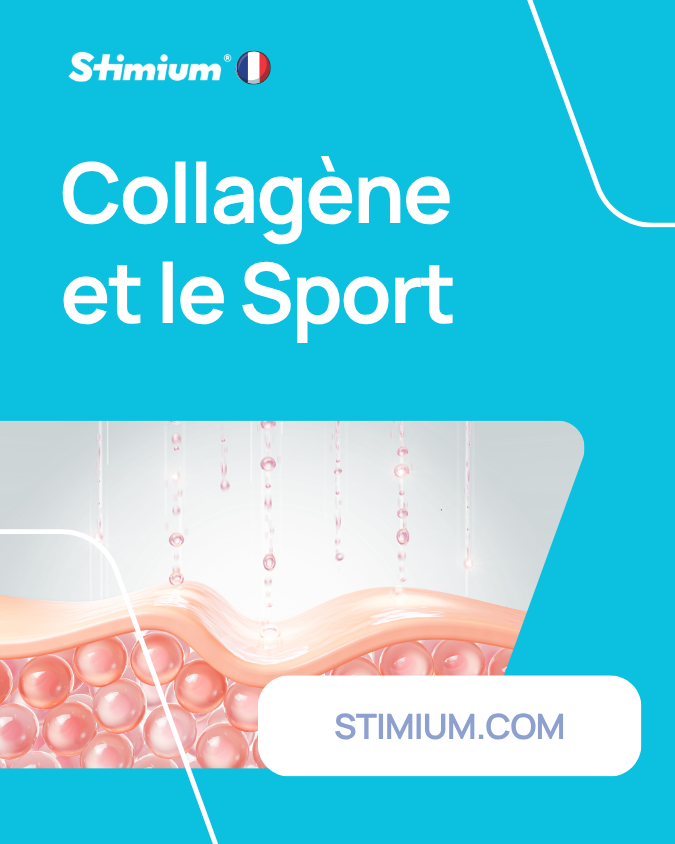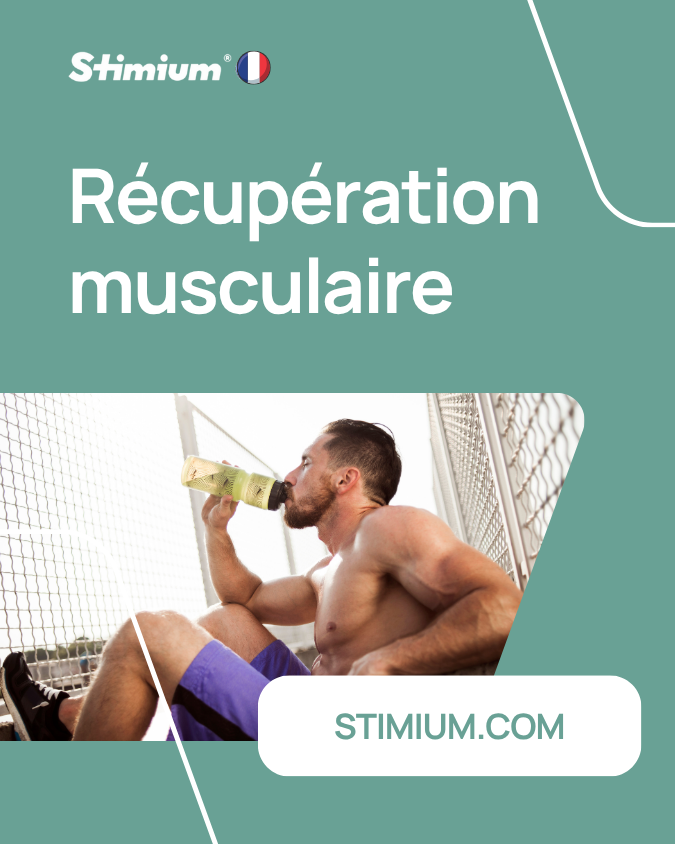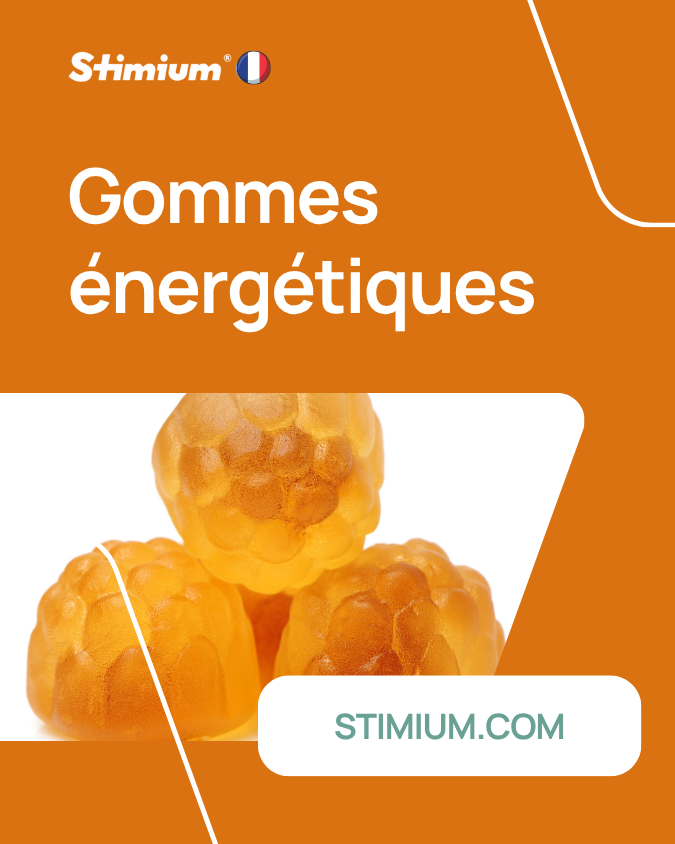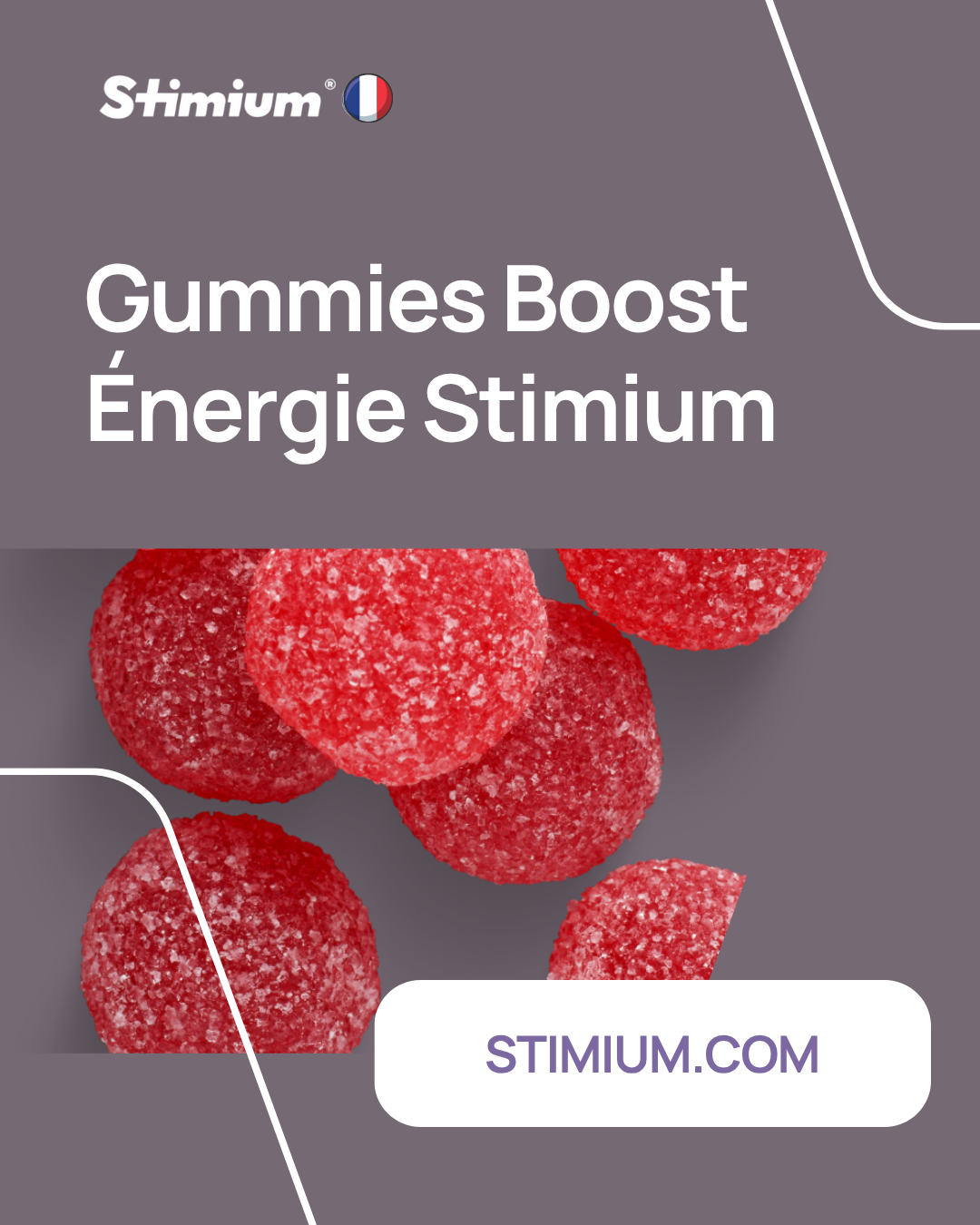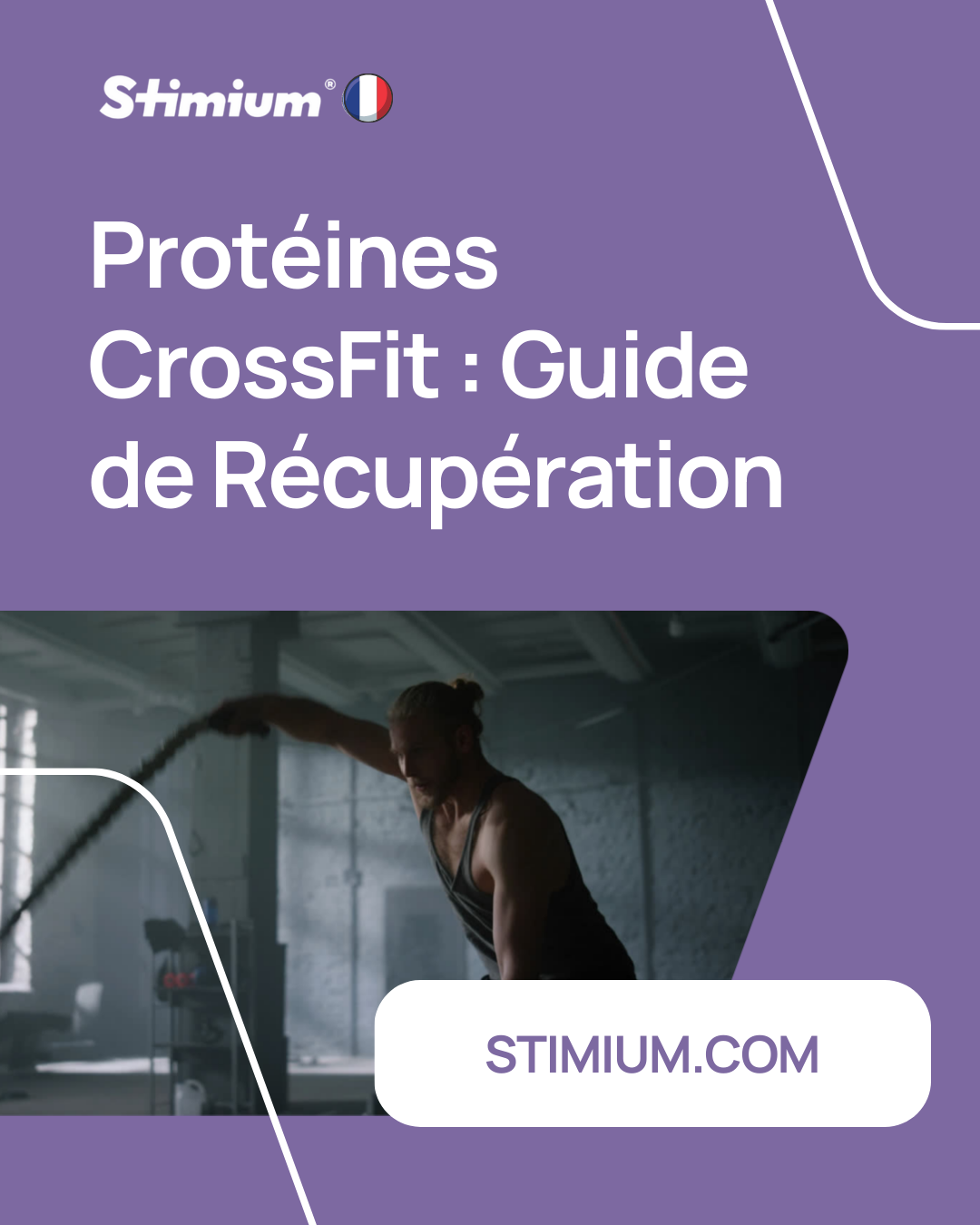How to maximize muscle hypertrophy?
The scientific term "hypertrophy" (pronounced in English hi PURR tru fee) seems very technical but it is a scientific concept very close to a much simpler goal, muscle growth.
This search for hypertrophy is not new, you just have to look for example at drawings from Roman times to see that many wrestlers are represented lifting heavy loads, they had therefore already understood that our muscles react to lifting weights. Fortunately, the situation has evolved somewhat since the Romans, and muscle strengthening is now based on much more precise techniques, on a much more specific diet, and on the taking of supplements to make this muscular hypertrophy even more effective.
So how does hypertrophy occur? And what is the best way to achieve this?
Hypertrophy is muscle growth, that's a summary of course. By lifting heavier and heavier weights, over time the body builds more muscles and learns to engage them more effectively, which helps you become stronger. Our body is a malleable and adaptable machine: if we regularly feed it with a stimulus, it transforms to adapt to this stimulus. This is for example the case in endurance, if you run long distances several days a week, the heart learns to pump oxygenated blood more efficiently, and you start to run further and faster while tiring less.
However, if our body is flexible and learns very quickly, when it comes to maximizing muscle growth (but this is valid for all sports), what we do between workouts is just as important as what we do. that we do during our sessions. Never forget that muscles do not develop during training sessions, they develop among themselves, primarily during post-workout recovery periods.
In practice, this means focusing on nutrition, performing recovery (e.g. good stretching) and leaving enough time between workouts for the muscles to repair and strengthen (continuing morning and afternoon for example is illusory). for 99% of the population). Without this recovery between training sets, you risk sabotaging both muscle growth and training performance. We would even advise respecting a rest of 36 hours to 48 hours between intense training sessions which specifically target the same muscle group while scheduling at least one recovery day (i.e. without training) per week.
We will propose 3 mechanisms promoting hypertrophy:
- Mechanical tension
This term describes tightness in a muscle caused by contraction. You can typically feel it well when you work your biceps. We feel a form of isometric (or static) contraction. For maximum hypertrophy, repeatedly contracting and extending a muscle under tension rather than contracting it isometrically) - is the best option. In general, the greater the “time under tension” of a muscle, the greater its growth stimulus will be. The easiest ways to increase it? Take a heavier weight and/or slow down the pace of each repetition.
- Muscle damage
The term muscle damage may have a negative connotation, but it actually refers to small tears in muscle fibers that are a natural consequence of strength training. Each time you add a set or two to a workout program, perform a new exercise, lift a heavier weight, or emphasize the lowering (eccentric) phase of a movement (for example, by slowing down), you cause "micro-trauma" or "micro-damage" to your muscles, prompting them to repair themselves and become bigger and stronger, so that they are better able to handle that stress the next time time they meet him.
Muscle damage is sometimes accompanied by delayed onset muscle soreness (DOMS) – deep muscle soreness that peaks 24 to 48 hours after an intense workout. But make no mistake: DOMS doesn't necessarily mean your muscles are growing. "Pain is not a good indicator of the quality or effectiveness of training, it can even inhibit training performance. It is much more relevant to seek regular progression, limiting acute pain, but favoring micro-lesions that our muscles will fill with appropriate nutrition.
- Metabolic stress
Metabolic stress is the burning sensation you can feel when you work a muscle hard, often with fairly light weights (60% of your one-rep maximum), relatively high repetitions (10 or more) and a relatively fast pace (a bit the equivalent of endurance interval training adapted to bodybuilding). This approach will trap blood in the muscles, prevent oxygen-carrying blood from reaching them, and inhibit the elimination of metabolic byproducts, such as hydrogen ions.
These three mechanisms, mechanical tension, muscle damage and metabolic stress are obviously not exhaustive in leading to muscle hypertrophy. Other factors can come into play, once again, when (1) the training is regular and progressive, (2) the recovery ranges are respected, (3) the diet is oriented towards this muscle building and (4) supplementation adapted to the training period (minimum 2 months) is taken daily.
Muscle Hypertrophy and Fiber.
There are two main types of muscle fibers. Type I, slow-twitch muscle fibers are used mainly in sports or endurance activities, such as jogging, triathlon or cycling. In indoor training, these fibers will be used in your light sets of 12 repetitions and more (with weights of 30 to 50% of your maximum).
Conversely, type II, fast-twitch muscle fibers assist in higher intensity, shorter duration activities such as 60, 100 or 200 meter events in track and field or 50, 100 and 200 meter events in swimming for example. In the gym, these fibers come into play when you lift weights explosively or for heavier sets of 10 reps or less.
Our muscles contain both type I and type II fibers, and these two fibers have the potential for hypertrophy. For example, we recommend reducing repetitions by using heavier weights for maximum stimulation of type II fibers. , and on the contrary to have higher repetitions using lighter weights for the stimulation of type I fibers.
Sarcoplasm, Myofibrils and hyperthropy
Both terms refer to the microscopic components of a muscle fiber: the myofibril (the elongated threads that shorten when they contract) and the sarcoplasm (the surrounding fluid that nourishes and lubricates these threads). After reading the various scientific publications, there does not seem to be any implementation of one or other of the components depending on the type of lifting (heavy or light).
What training program to optimize hypertrophy?
An answer from Norman, there is no specific program, particularly because science is constantly evolving and because each metabolism is different, which means that no program will be perfect for everyone. It is therefore only possible to propose broad guidelines:
- Focus on Compound Exercises
The more muscle you work, the more muscle you build. It's that simple, which is why large compound (multi-joint/muscle) exercises like the deadlift, squat, pull-ups, and chest press generally provide the best bang for your buck for your muscle development .
- Vary the exercises
If you don't vary your workouts regularly, the muscles will eventually get used to it and stop growing. To prevent this from happening and to optimize the "micro-damage" that stimulates muscle growth, you need to change the "training stimuli" regularly by changing the exercises you do or the way you perform them. We can play with the different types of exercises, the frequency, the shortening of rest periods between sets, the modification of the lifting rhythm, etc...
- Don't just try to lift heavy
While you should of course lift heavy weights to maximize muscle tension, you should also do low-weight, high-rep sets to maximize metabolic stress. The latter type of lifting will also target your type I muscle fibers, which studies also show growth potential (although to a lesser degree than type II fibers). Doing heavy and light contributes to more harmonious hypertrophy, and allows better recovery for the muscles between different exercises.
How long to maximize muscle hypertrophy?
Once again, there is no set rule. This will depend on multiple factors, age (young people build muscle faster than older people, that's a certainty), gender (men tend to build muscle faster than women), hormonal profile ( people with higher testosterone levels have an easier time building muscle, hence the success of products like Stimium GABA , which is a hormonal stimulator that affects growth hormone, the number of training sessions per week, mass greasy at the start of the training program…
To take an average, you will usually notice an increase in muscle size and definition after about four to six weeks. Once this first phase of muscle growth has begun, after 12 weeks we can generally estimate a gain of 4 to 5 kg in muscle mass, if the training has been followed well, the rest periods respected and the nutrition optimized.
Nutritional strategy, which products for muscle hypertrophy?
Successful and lasting muscle growth will require sarcoplasmic hypertrophy and functional (myofibrillar) hypertrophy. To do this, you must increase your protein intake, because without amino acids or proteins, a muscle will neither be able to recover nor gain volume. To do this, we can consider muscle strengthening with Stimium® PreWorkOut Max to prepare organisms for muscle strengthening loads Stimium® [C] Whey , Stimium® Iso Hwy or Stimium® VegPro to maintain a good protein intake for the muscle fibers put to the test during series and Stimium BCAA Instant , to help muscle development and recovery.
To contract, muscle fibers will need ATP (Adenosine TriPhosphate). As it is an energy reserve which is consumed very quickly, particularly to initiate contraction, it is interesting to take a product which will renew the stock of ATP more quickly. To do this, several products may be of interest, creatine quite naturally, notably Stimium Pwr Creatine and Power Creatine Tabs , which allow an increase in ATP production, but also a very particular amino acid, citrulline, present in Stimium® Mc3 or Stimium® Mc3 powder to reduce the risk of cramps, combat muscle fatigue, boost ATP production and facilitate recovery, the period when muscle building is most active.
During the muscle building phase, it is even more important to hydrate enormously, with at least 3 liters of water per day, while consuming 2 to 6g of carbohydrates per kg/day, in this hypothesis, the consumption of an exercise drink which is not only reserved for endurance sports is very interesting, because it allows in addition to the necessary hydration, the carbohydrate intake, we recommend Stimium® Rgn3 Reload or Stimium® Rgn3 Clean-Up for restock in vitamins and minerals.
During training phases, for snacks, we recommend protein bars , ideally low in sugar and fat, because the idea is not to seek mass gain, but to nourish the muscles used during the series. done in the room.
From a more “healthy” point of view, Omega 3s are very interesting, because they will improve insulin sensitivity, Kolaflex sports collagen will reduce inflammatory phenomena induced by training and protein consumption. Throughout the training period, i.e. over 2 to 3 months minimum, it will be interesting to take supplementation in the morning, for a complete supply of vitamins, we recommend Stimium MVM with its 13 vitamins and 12 minerals as well as Vital LLR , the the only product on the market combining vitamins, minerals, ginseng and tribulus and releasing its active ingredients in 5 minutes, 45 minutes and 8 hours! To facilitate sleep in the evening, the period when fiber renewal is most active, we can recommend Stimium Ashwagandha , the most powerful natural physical anti-stress, with antioxidant properties, restoration of physical energy, improvement of endurance and resistance, or the totally SDR Erasers, which make it easier to fall asleep and recover.
In all cases, you must respect the immutable equation, whatever your metabolism, whatever your level, and whatever your final objective: Training + Food + Sleep + Supplementation. By following these principles, muscle hypertrophy is within reach of biceps.
